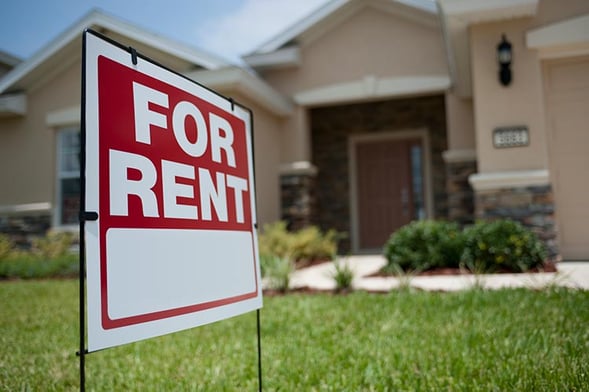
If there is a loss realized on a rental property that generates passive income for the owner, it is considered a passive loss, or a passive activity loss. As the owner of a rental, it is important to understand what passive losses are on a rental property.
What is a Passive Activity Loss?
A passive activity loss occurs when a rental property's operating expenses exceed its rental income. If an investor owns more than one rental property, the calculations are made for all properties combined. Rental income and losses are reported on the IRS Schedule E form.
Expectations for Deducting Passive Losses
In most cases, taxpayers cannot deduct passive losses on income taxes against non-passive earnings. There are two cases in which passive losses can be deducted:
- If the owner's modified adjusted gross income is under $100,000, they might be able to deduct up to $25,000 of rental losses if they are actively involved in managing the rental and have a minimum of a 10% ownership interest.
- Qualified real estate professionals can write off passive activity losses if they materially participate in the rental operations. They must work at least 750 hours annually in real estate, and over 50% of their work is on their real estate business.
Other than these two instances, passive losses likely won’t be able to be deducted from non-passive income.
Depreciation
In rentals, a common reason for a passive loss is depreciation. Depreciation deductions are costs incurred for buying and improving rental property that can be deducted on taxes. This sometimes means a passive loss for tax purposes, even if the owner made a net profit.
For example, if an investor owns a rental property outright and nets a rental income of $5,000, but the depreciation deduction is $6,000, there would be a passive loss of $1,000 for tax purposes only. In theory, the investor still has $5,000 in net income.
Depreciation deductions are calculated based on the owner’s basis in the property, or how much they paid for the property. They can only base the depreciation deduction on the fair market value or assessed real estate tax value of the structure, not the land. Because there are many factors that play into calculating depreciation, it is advisable to work with a tax professional to determine the depreciation for a particular property.
Suspended Passive Losses
Passive losses that were not deductible in a tax year can be carried over to future years, called a suspended loss. For example, if a property owner has a suspended loss of $5,000 from a passive activity in a tax year, that amount can be deducted from earnings from that activity in the following years where there are passive earnings. So, if the next year the passive earnings reach $20,000, the $5,000 loss from the previous year can be applied against the earnings. This will leave the taxpayer with $15,000 of declarable income.
For passive losses on rental property, it is best to consult with a professional because of the complex calculations involved.
This material is for general information and educational purposes only. Information is based on data gathered from what we believe are reliable sources. It is not guaranteed as to accuracy, does not purport to be complete and is not intended to be used as a primary basis for investment decisions.


